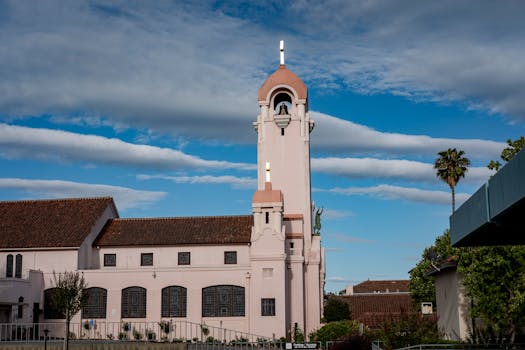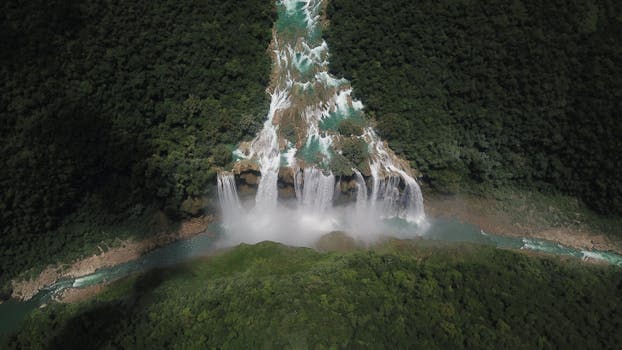The Historical Odyssey of Misión de Nuestra Señora del Pilar de La Paz Airapí
The Historical Odyssey of Misión de Nuestra Señora del Pilar de La Paz Airapí
Introduction
Nestled in the heart of Baja California Sur, Mexico, lies an intriguing testament to the region's rich past - the Misión de Nuestra Señora del Pilar de La Paz Airapí. This mission, a relic of the past, offers a fascinating journey back to the tumultuous period of 1720-1749, a time when Spanish missionaries were zealously spreading the Christian faith in the New World.
Establishment and Purpose
The mission was established in 1720 by the Jesuit missionary Jaime Bravo. The name, Misión de Nuestra Señora del Pilar de La Paz Airapí, resonates with a profound sense of reverence and grandeur. It was named after Our Lady of the Pillar, the patroness of Spain, and La Paz Airapí, which translates to 'Peace of Airapí,' signifying the peaceful coexistence of the indigenous people and the Spanish settlers.
The mission served as a beacon of hope amidst the arid landscape of Baja California Sur. It functioned as a spiritual sanctuary, a center for education, and a hub for agricultural activities. The Jesuits introduced new farming techniques, which led to the cultivation of wheat, corn, and grapes, bolstering the local economy.
Conflict and Resistance
However, the mission's history was not devoid of conflicts and hardships. The missionaries faced resistance from the indigenous Pericú people, who were initially skeptical about the new faith and lifestyle imposed upon them. The cultural clash led to numerous uprisings, the most notable being the Pericú Rebellion of 1734. This revolt resulted in the tragic death of two Jesuit missionaries and several Spanish settlers.
Abandonment and Theories
Despite these challenges, the mission stood firm until 1749 when it was finally abandoned. The reasons for its abandonment remain shrouded in mystery. Some historians suggest it was due to the dwindling Pericú population, while others attribute it to the harsh living conditions and scarcity of resources.
Present Day
Today, the mission lies in ruins, its once bustling corridors echoing with the whispers of its tumultuous past. However, it continues to captivate visitors with its rustic charm and historical significance. A visit to the mission is like stepping back in time, a surreal experience that transports you to an era fraught with challenges yet brimming with hope and faith.
As you walk through the mission's ruins, you can't help but feel a sense of awe and respect for the missionaries and the indigenous people who once inhabited this place. Their stories of courage, faith, and perseverance are etched into the very stones of the mission, silently narrating tales of a bygone era.
Conclusion
The Misión de Nuestra Señora del Pilar de La Paz Airapí is a historical treasure that offers a unique insight into Baja California Sur's past. Its ruins, though silent, speak volumes about the region's rich history and cultural heritage. Whether you're a history buff, a culture enthusiast, or a casual traveler, a visit to this mission is bound to leave you enriched and inspired. So, the next time you find yourself in Baja California Sur, don't miss the opportunity to explore this historical gem and immerse yourself in its captivating past.
The Legacy of Misión de Nuestra Señora del Pilar de La Paz Airapí
The mission is not just a historical monument; it is a symbol of the human spirit's indomitable will. It is a stark reminder of our ancestors' resilience, who, despite numerous adversities, held on to their faith and strived to create a better future. As you explore its ruins, you will find yourself immersed in a world of faith, endurance, and human spirit's tenacity. This historical odyssey is a testament to the rich past of Baja California Sur and a beacon of hope for future generations.

Sign up for Sonoma County Navigator
Discover Sonoma County! Latest News, places to play, stay, eat, live, shop, learn and more!
No spam. Unsubscribe anytime.










